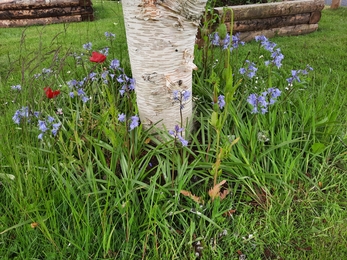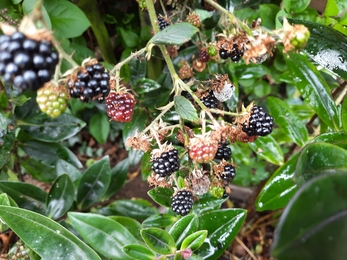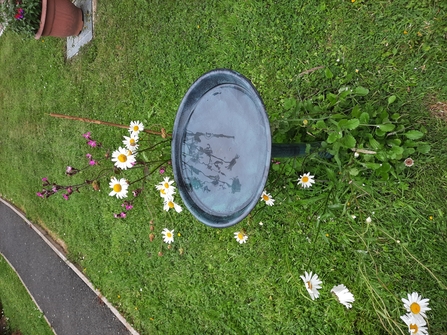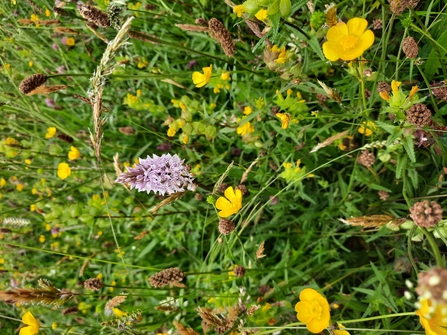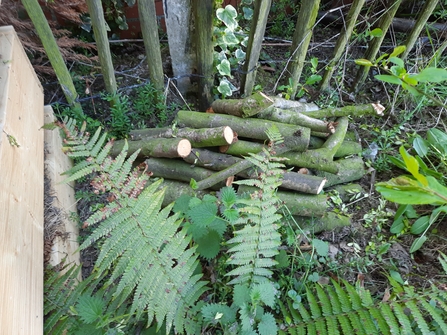A few times I’ve been asked if you need a master plan to make your garden more ‘wildlife friendly’ or to ‘let nature in’.
Not in my experience. In fact, your ability to accommodate nature will depend less on garden size, soil condition and so on than your commitment and, particularly, willingness to experiment, to see what works and what does not, and to improvise. Which makes it not only rewarding, but fun.


